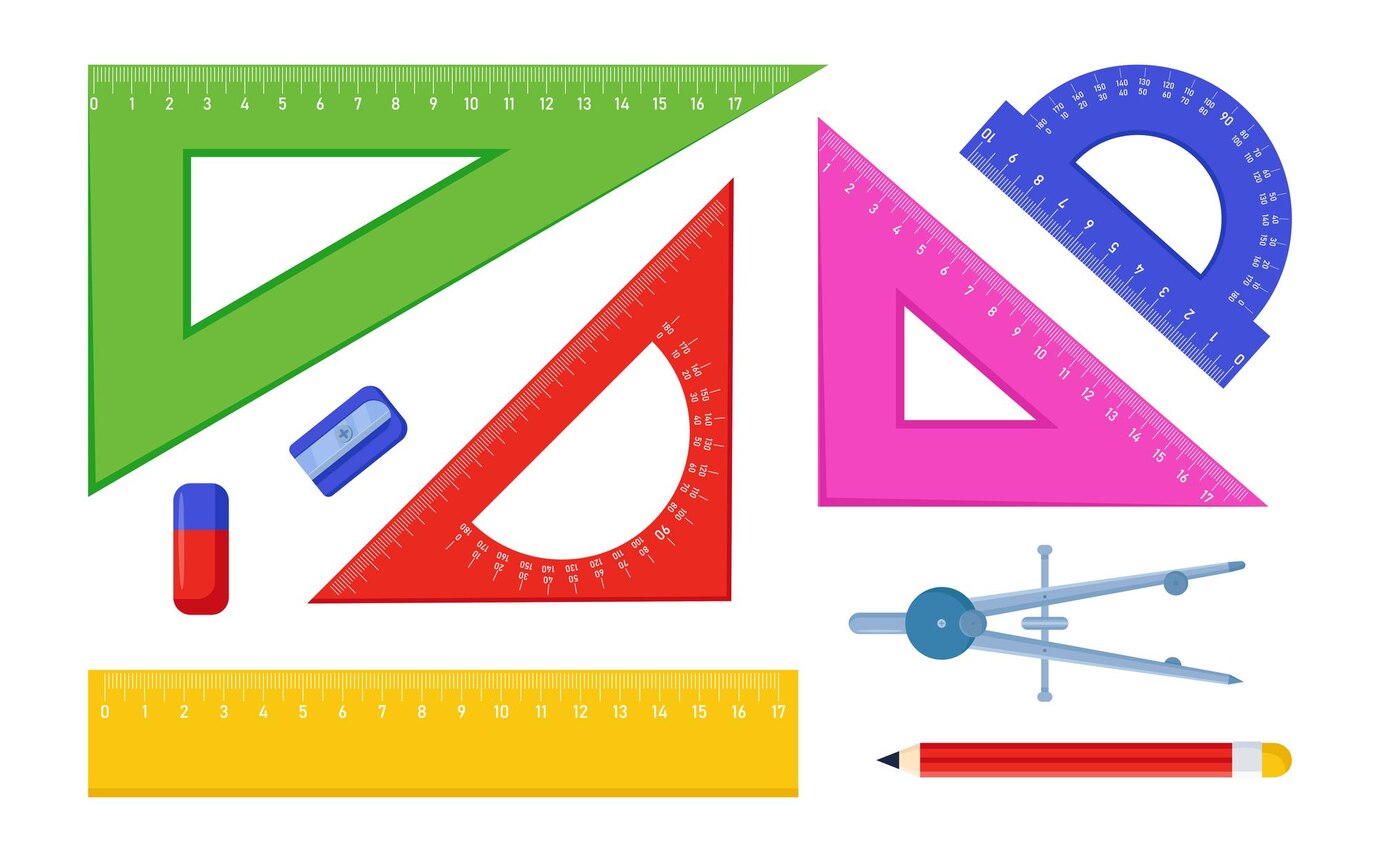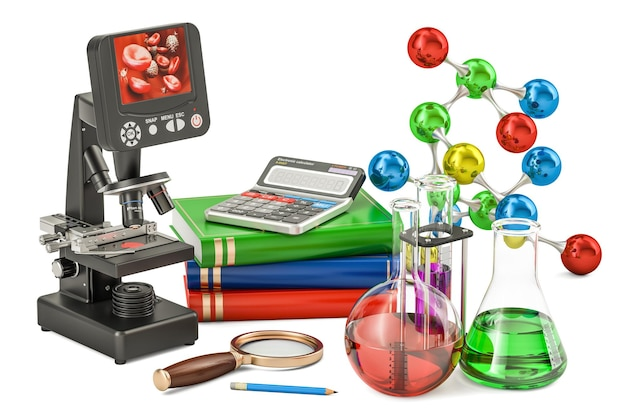Integrating Computational Thinking Across Subjects
In an era where technology and problem-solving go hand in hand, Computational Thinking Olympiad serves as a gateway for students to enhance their analytical and logical reasoning skills.
Designed for students from grades 3 to 8, this Olympiad challenges young minds with real-world problem-solving scenarios, logical puzzles, algorithmic thinking, and pattern recognition.

Mathematics:
CT principles such as pattern recognition, decomposition, and algorithmic thinking help students approach mathematical problems systematically.
Concepts like probability, data analysis, and functions align well with CT methodologies, improving logical reasoning skills.


Science:
CT enables students to simulate scientific experiments, analyze large datasets, and understand complex systems.
Whether in physics, chemistry, or biology, students can leverage computational tools to model real-world phenomena and enhance their scientific inquiry skills.
History:
Even in subjects like history and literature, CT fosters analytical thinking by encouraging students to break down historical events into cause-and-effect relationships or analyze literary themes through structured frameworks.
Data visualization techniques can further enhance understanding by presenting historical trends or linguistic patterns effectively.

By embedding CT into the curriculum, students not only enhance their analytical and critical thinking abilities but also build a strong foundation in digital literacy, preparing them for future academic and career opportunities.